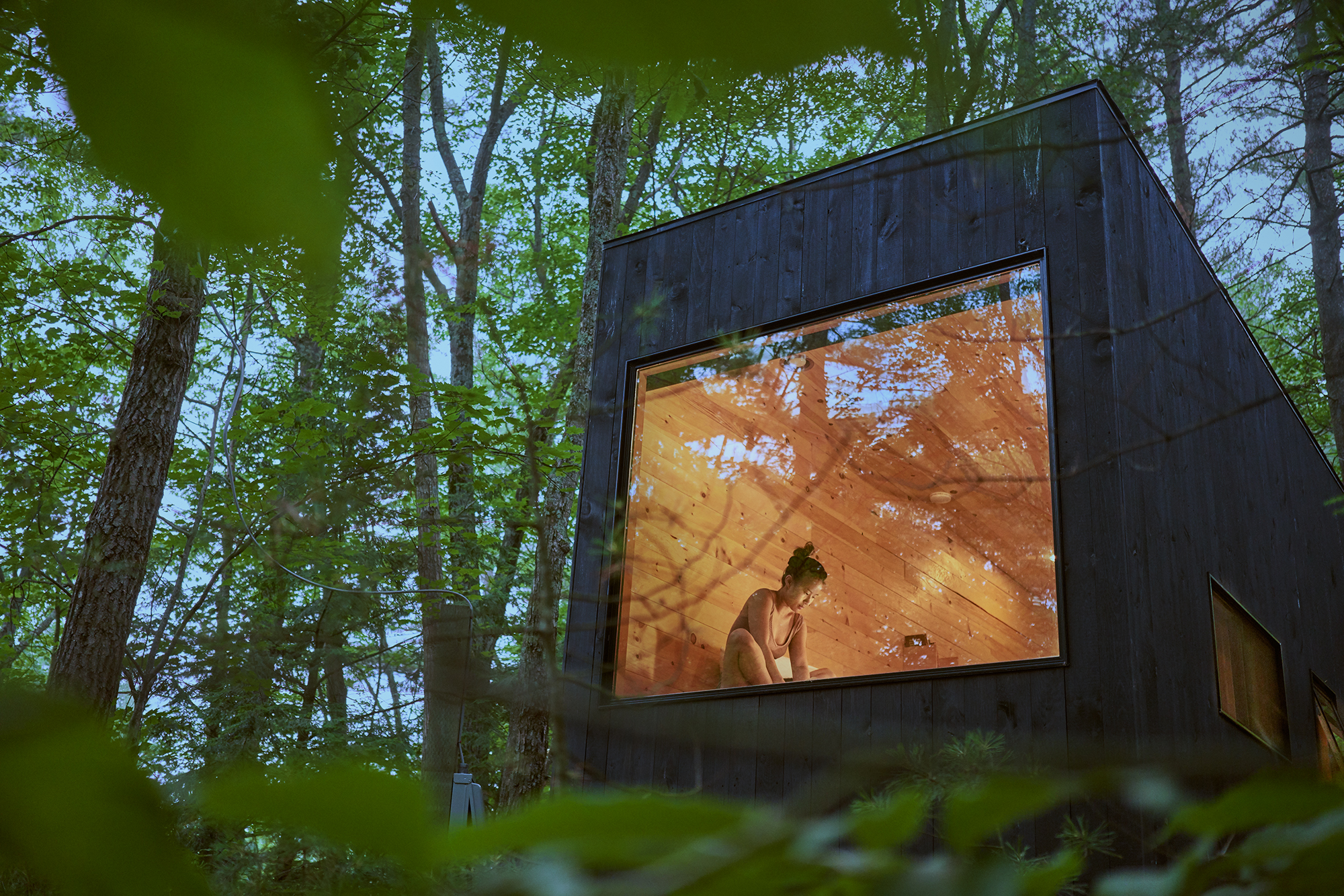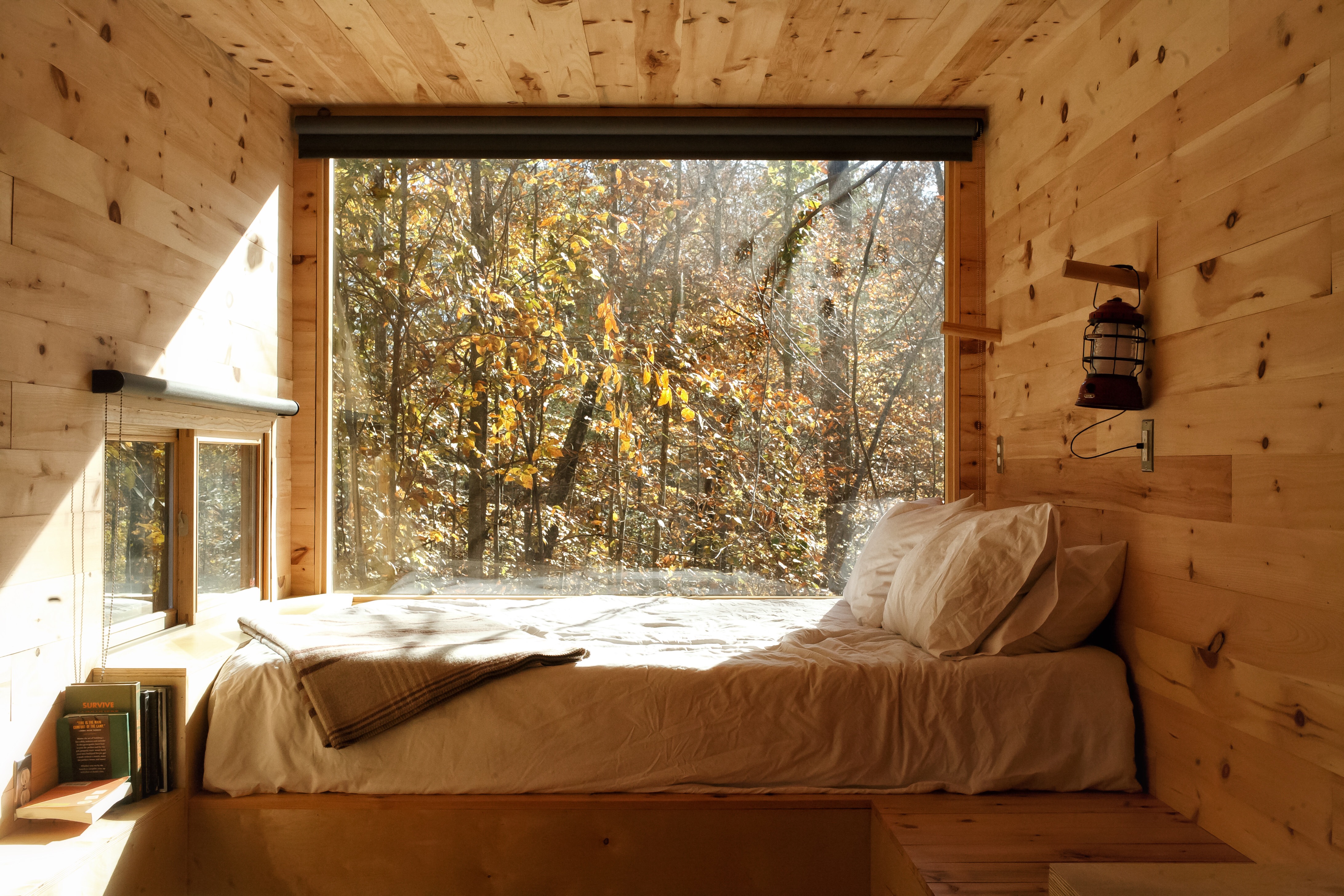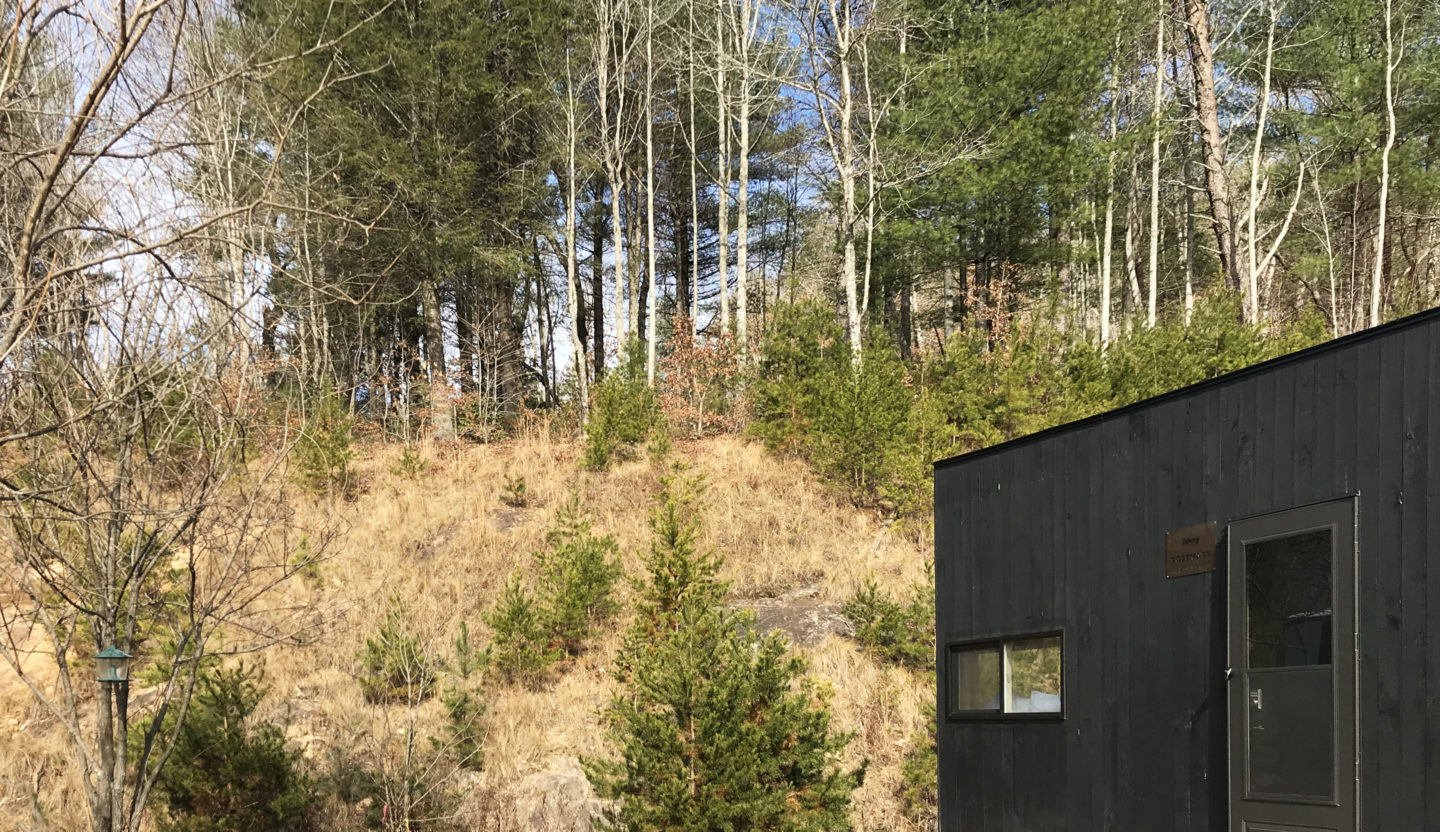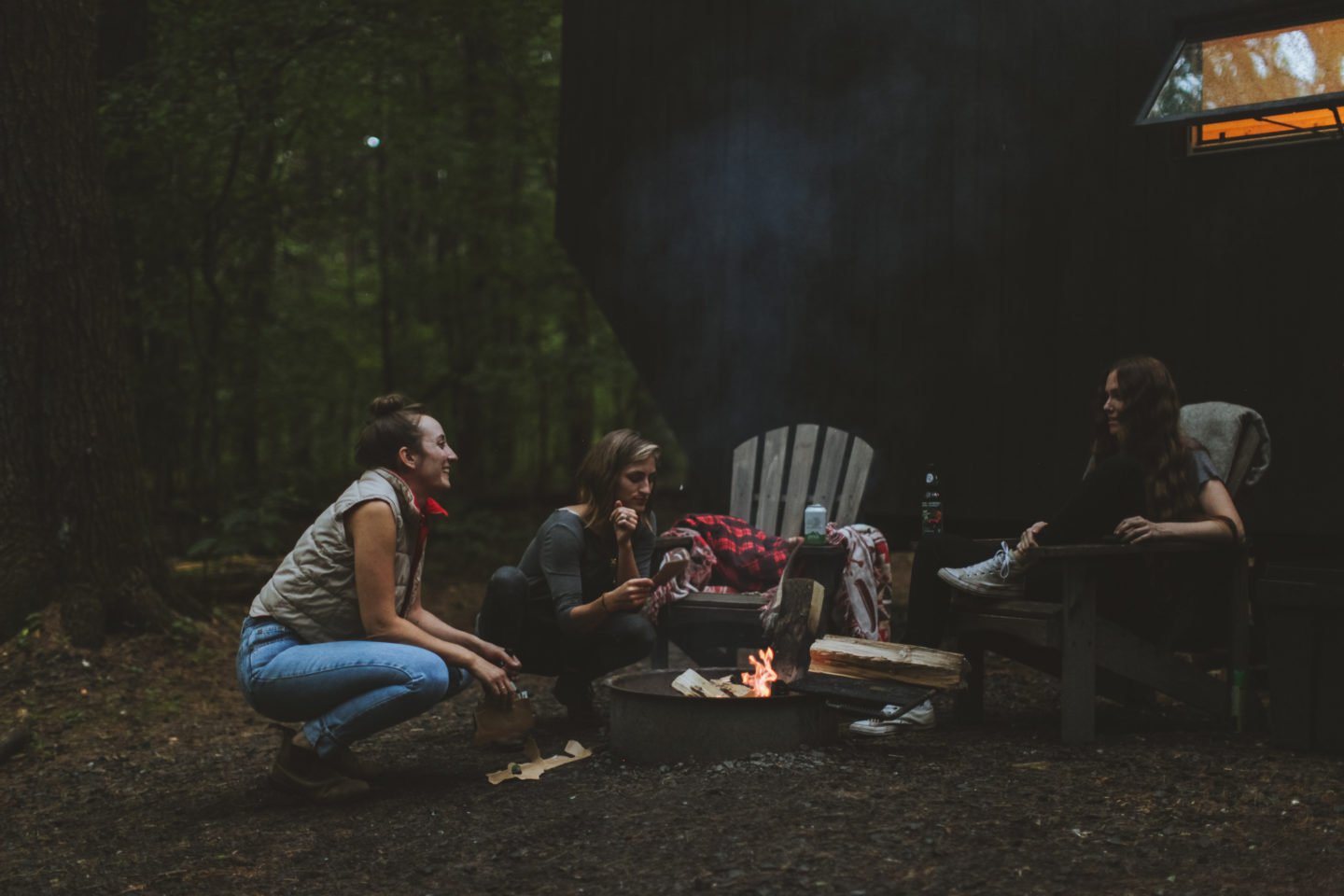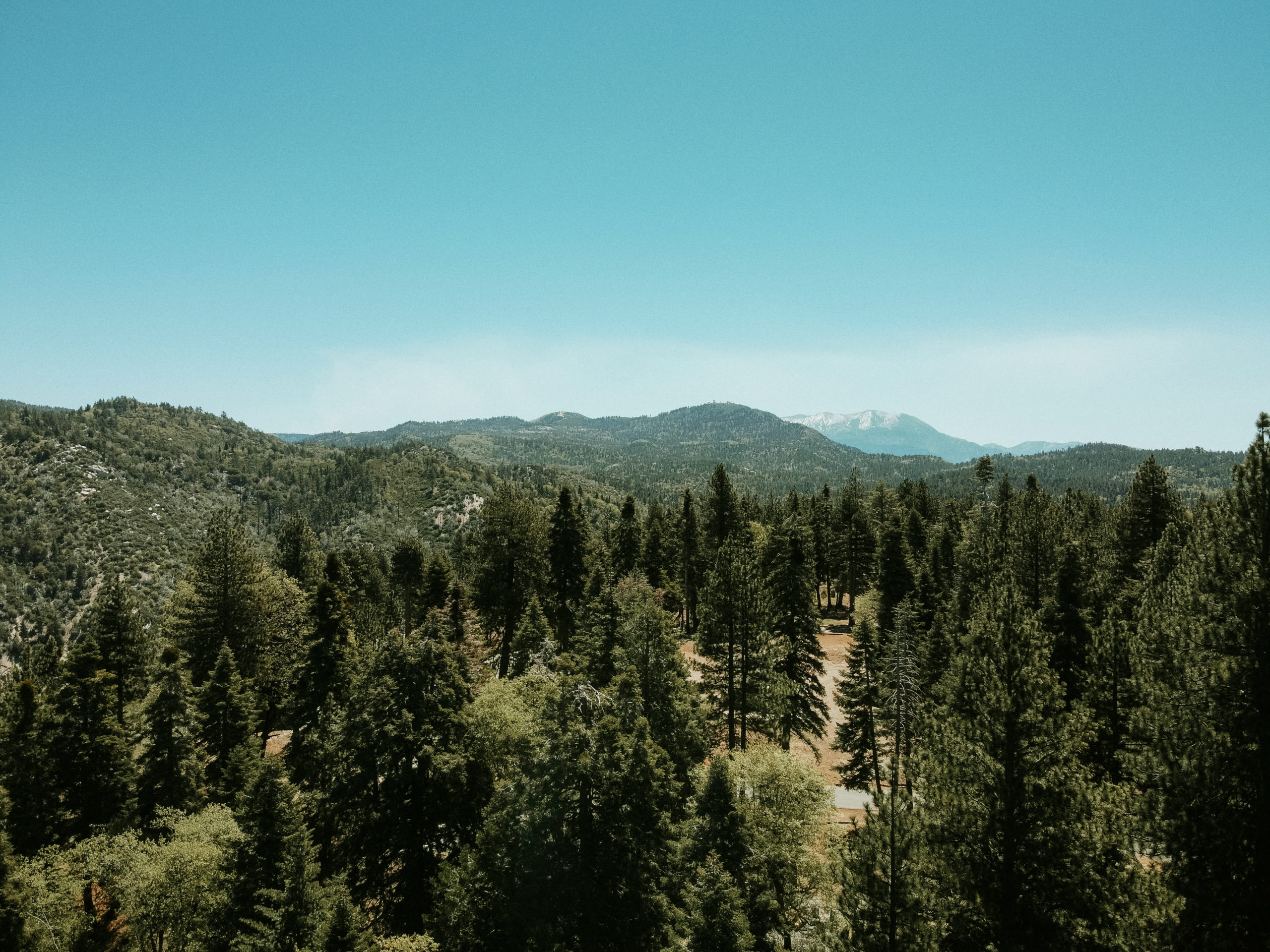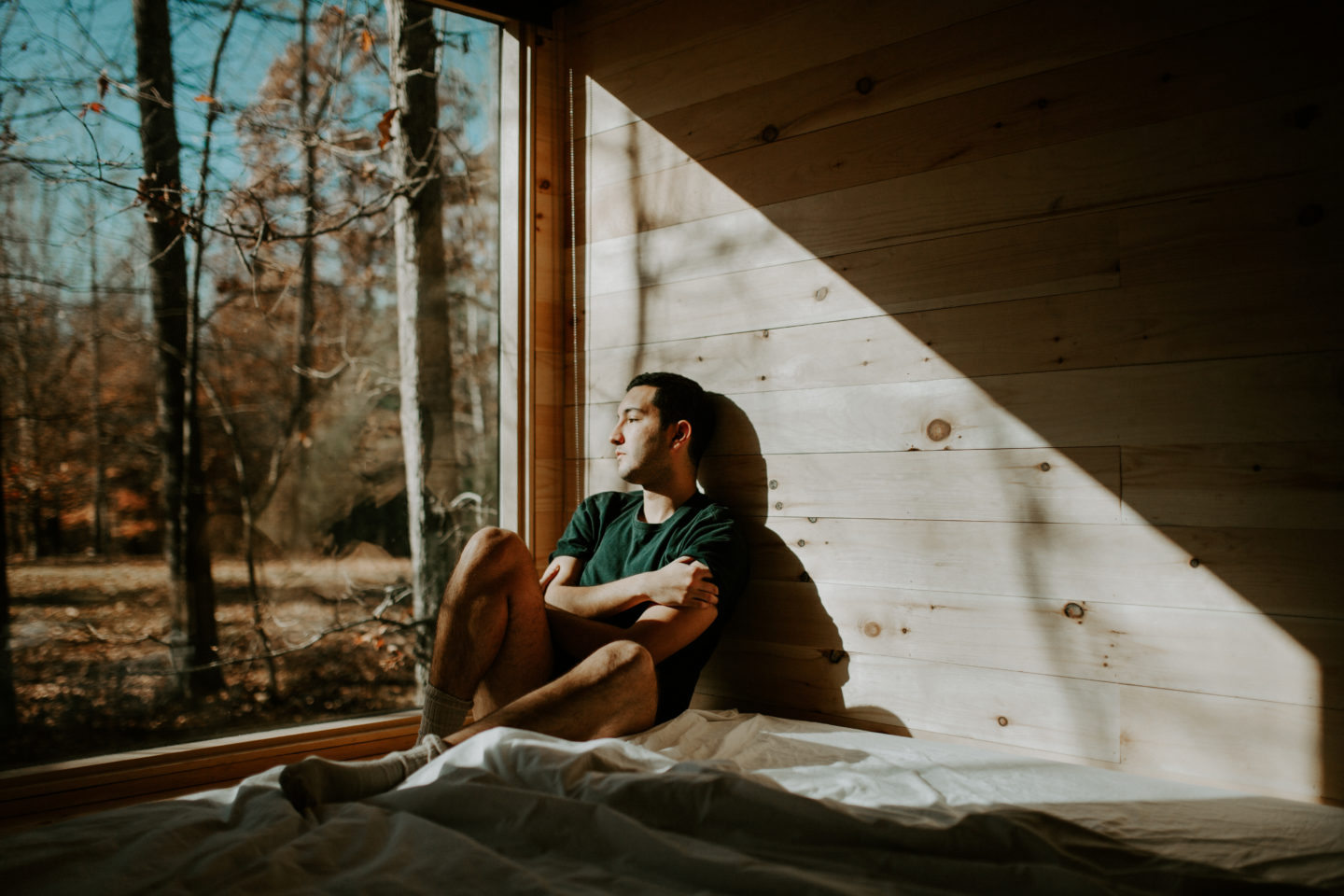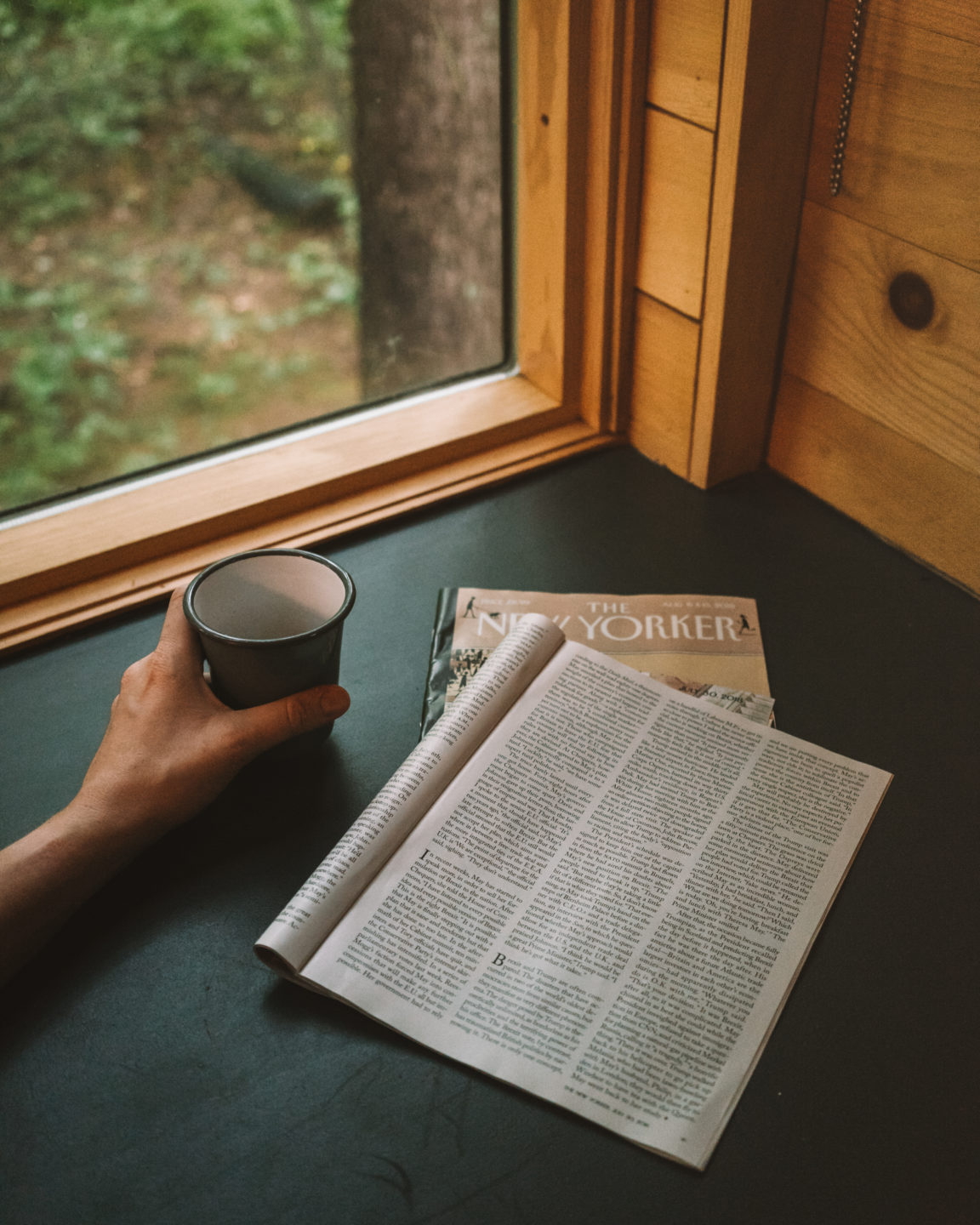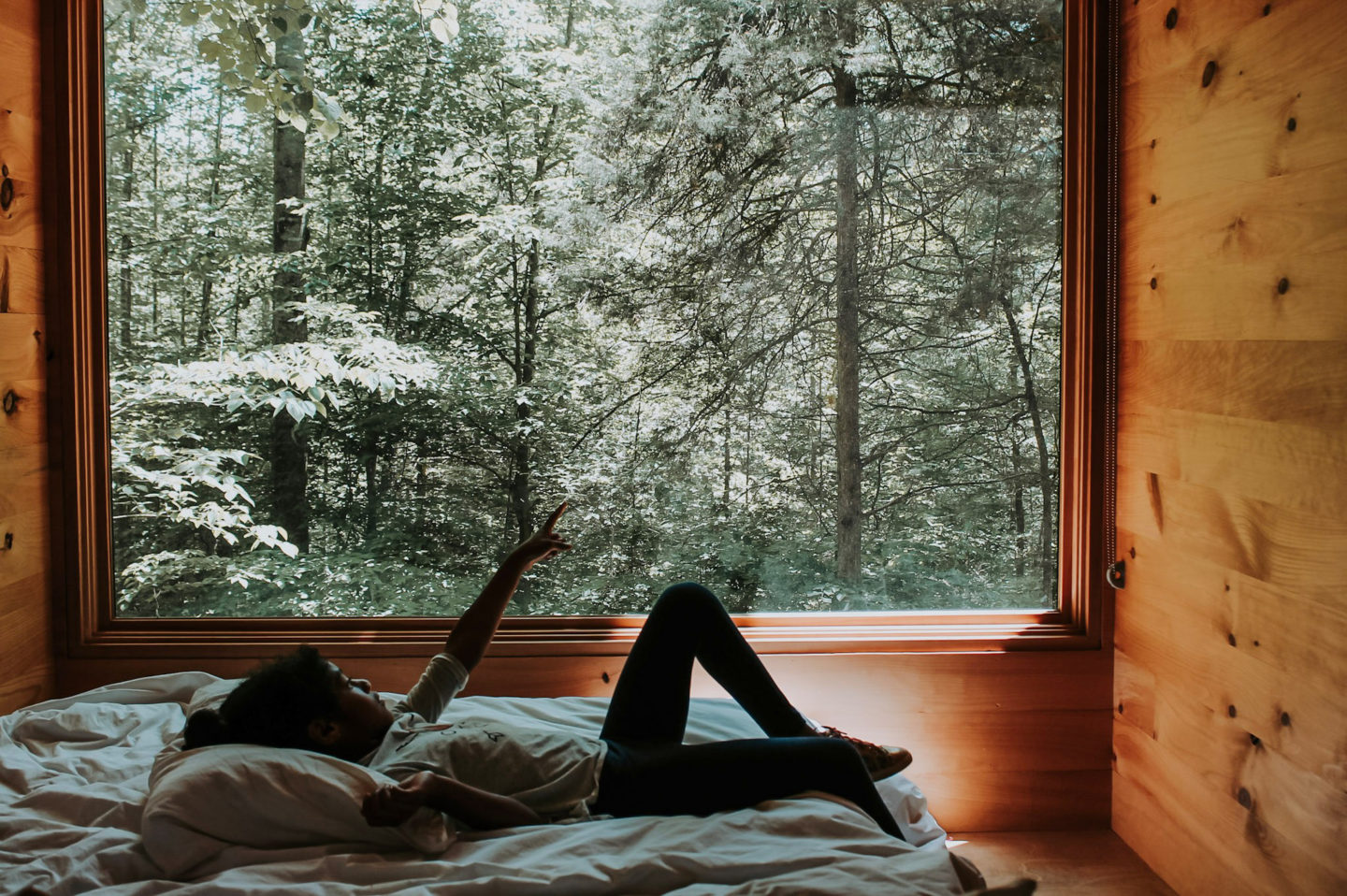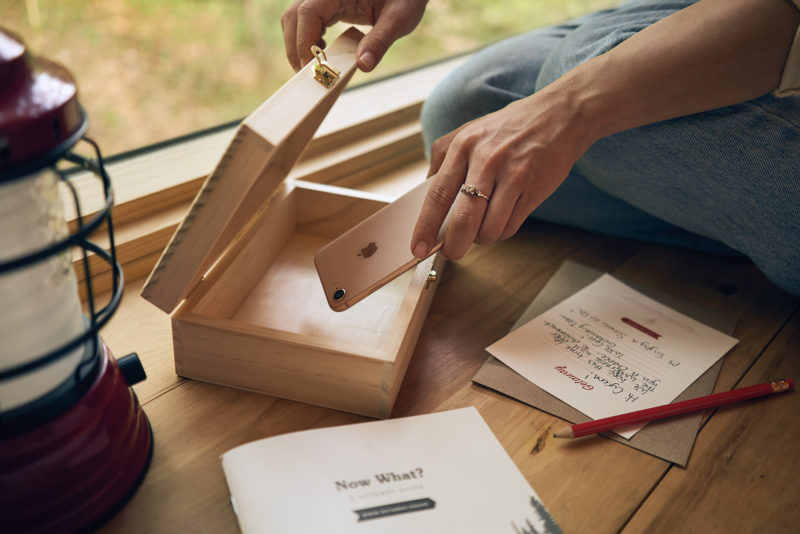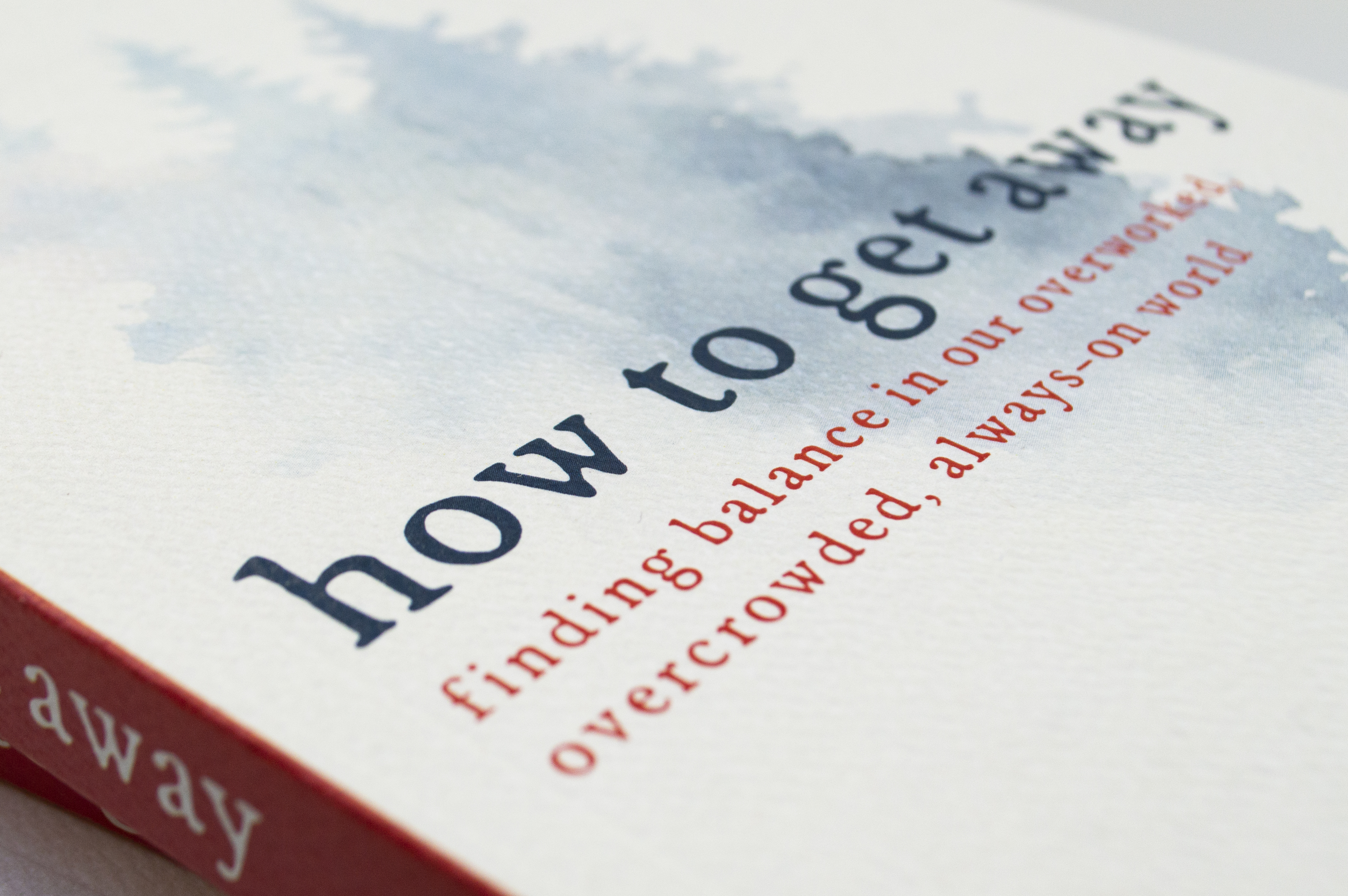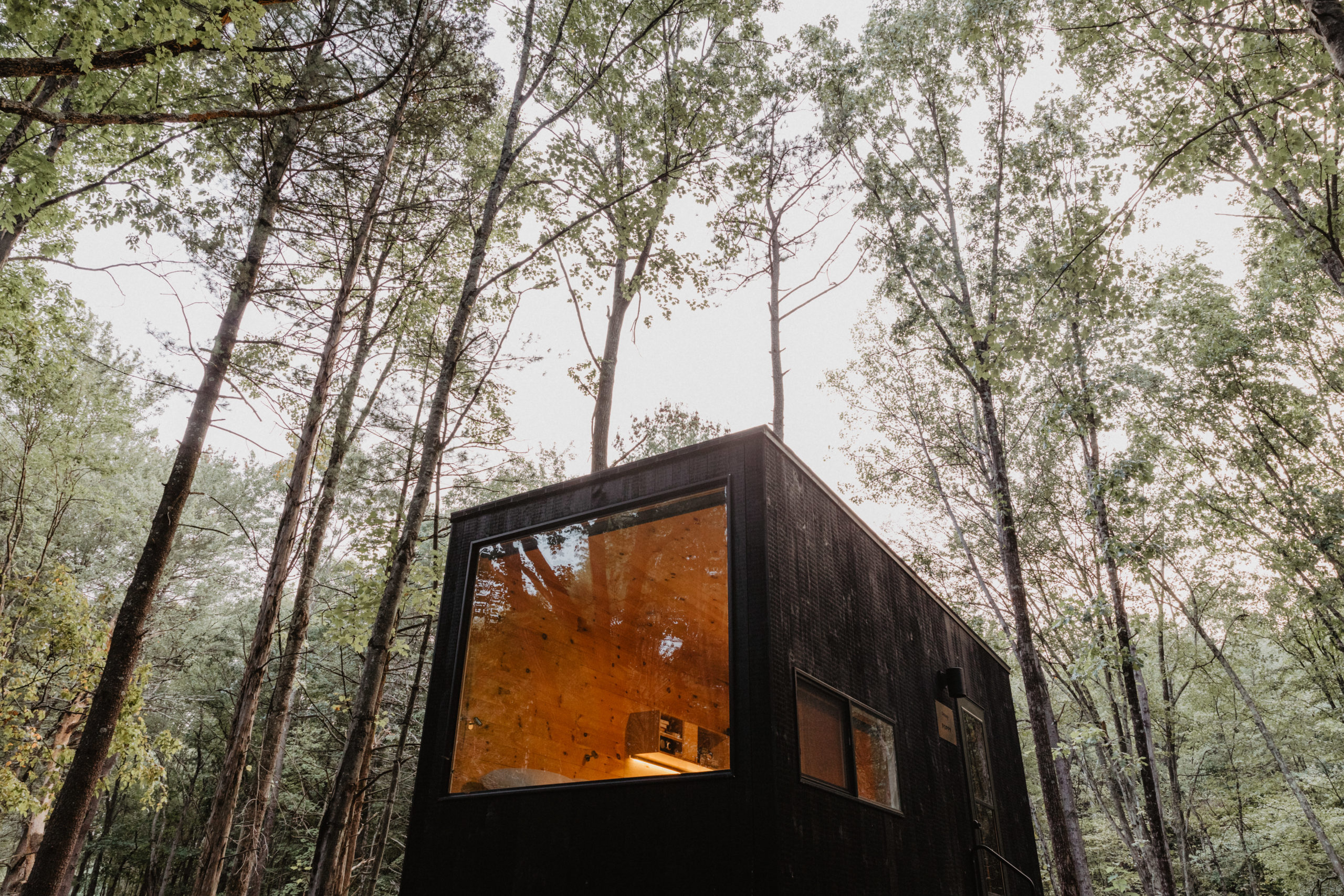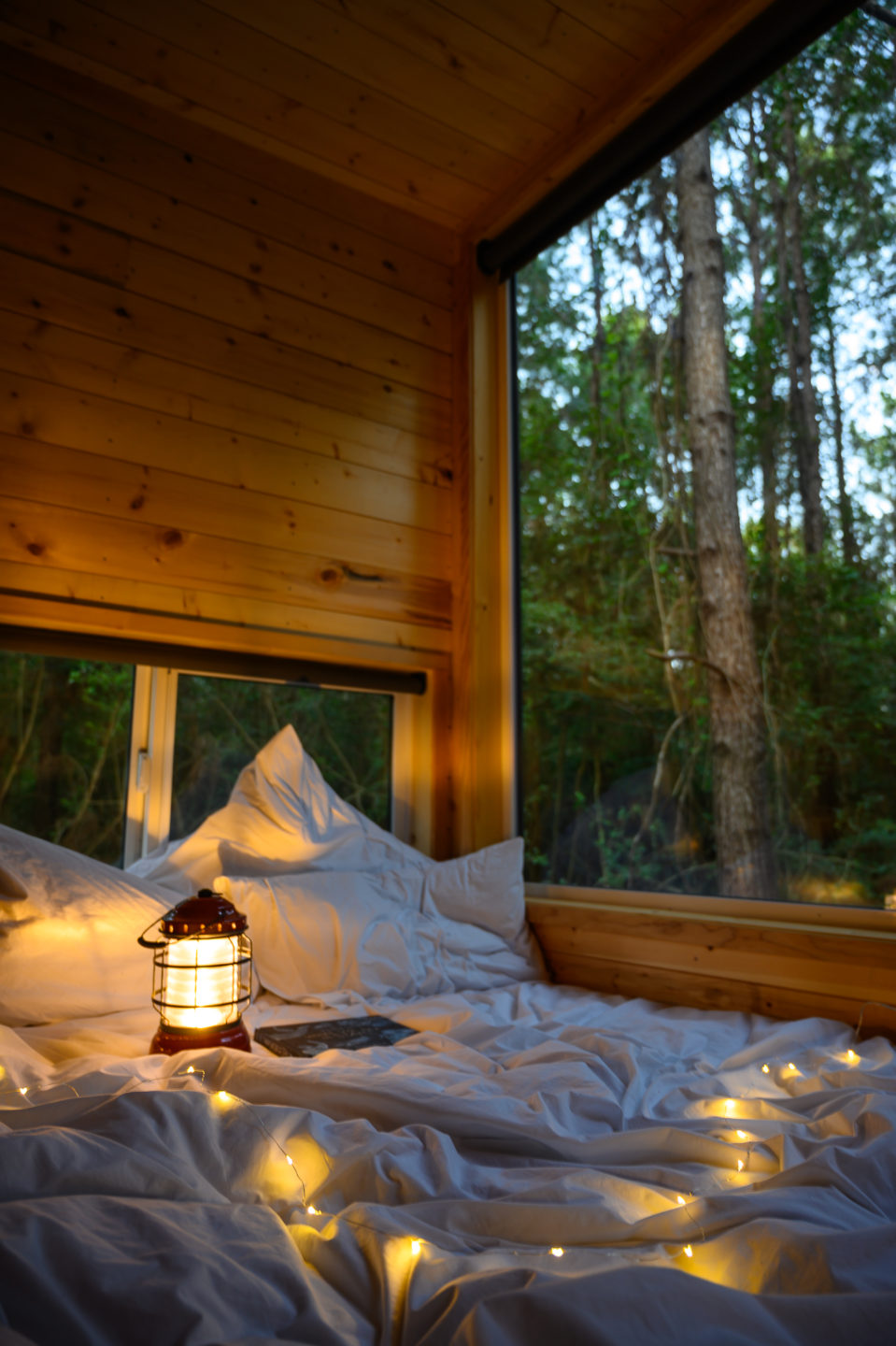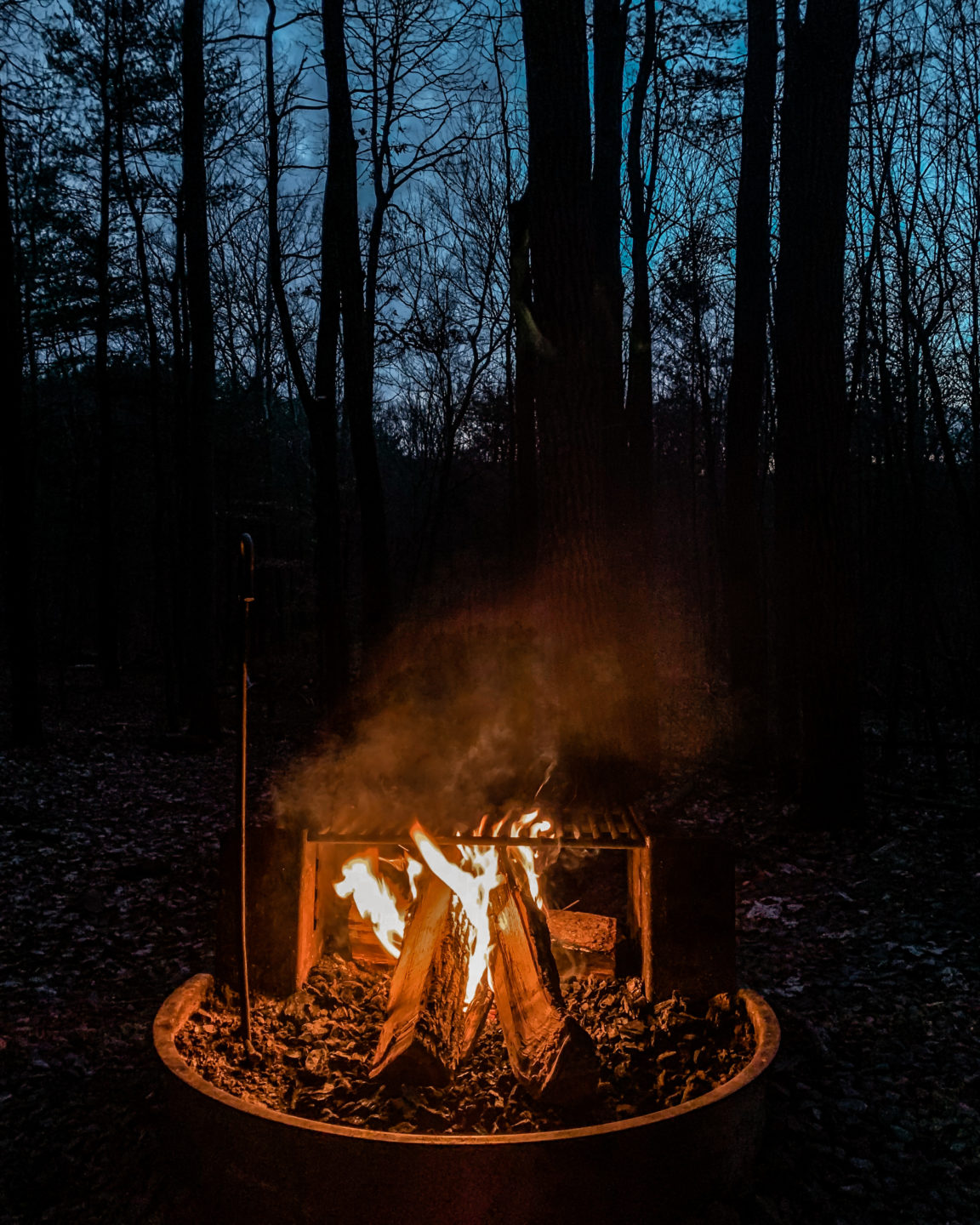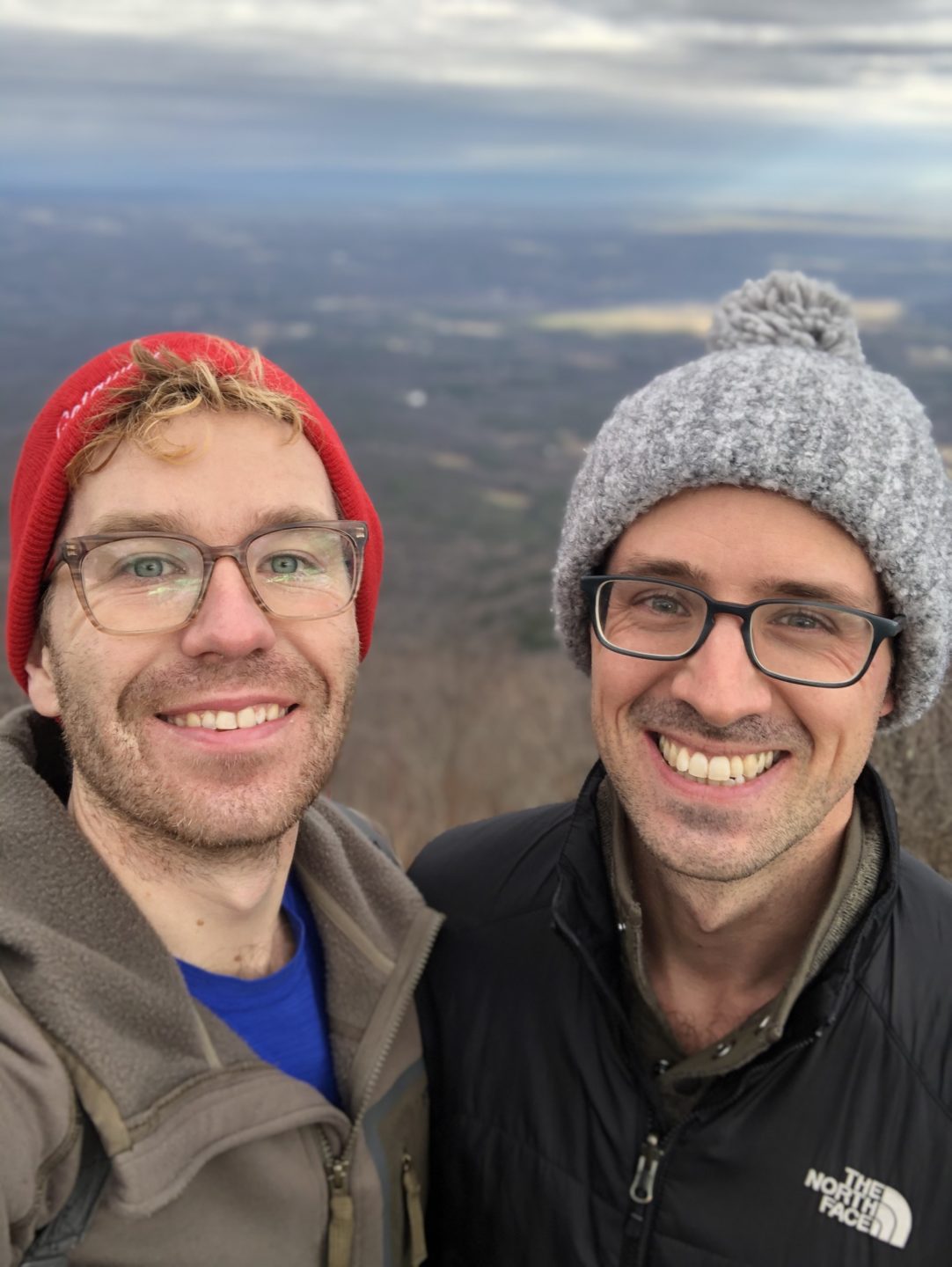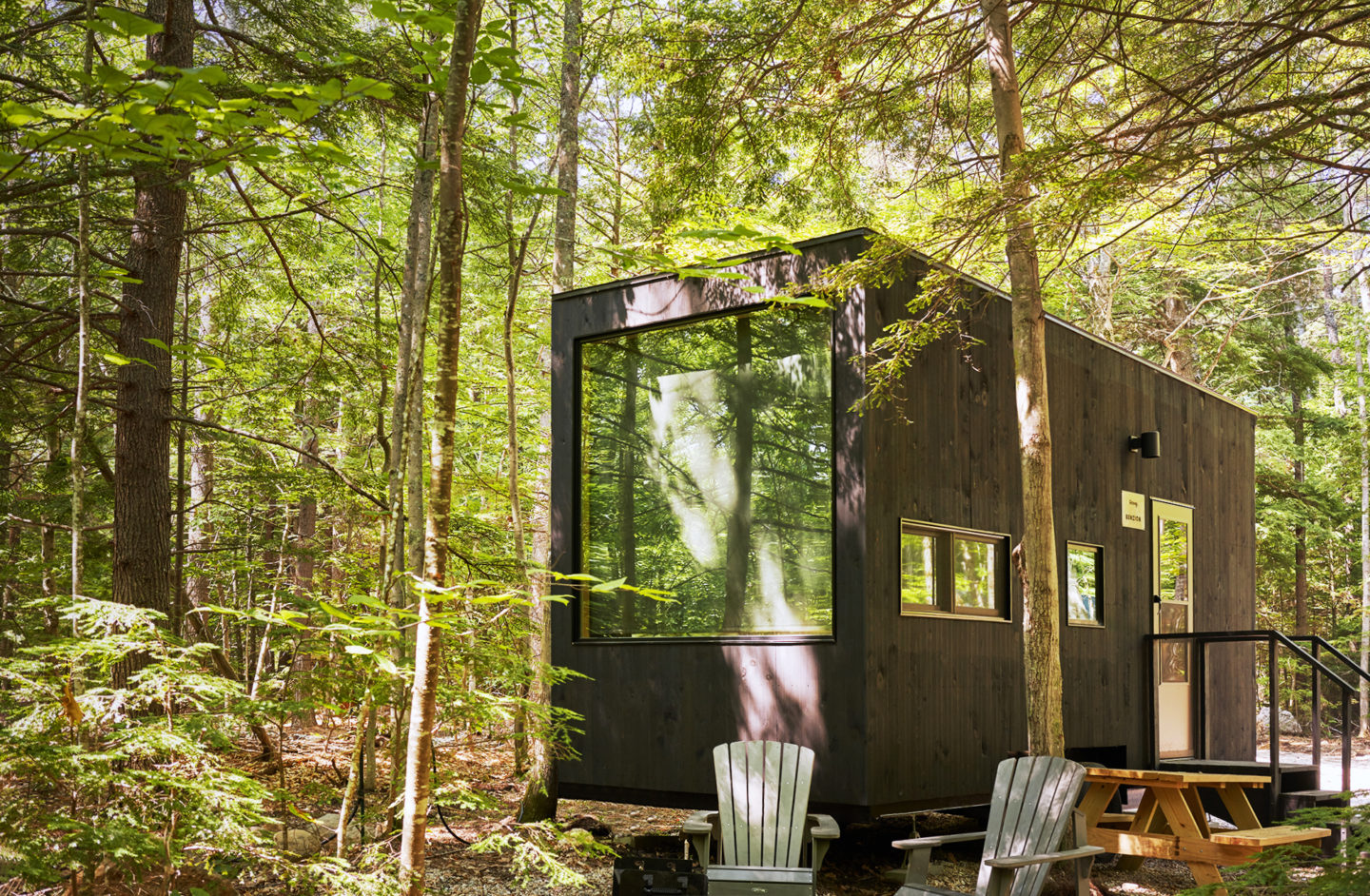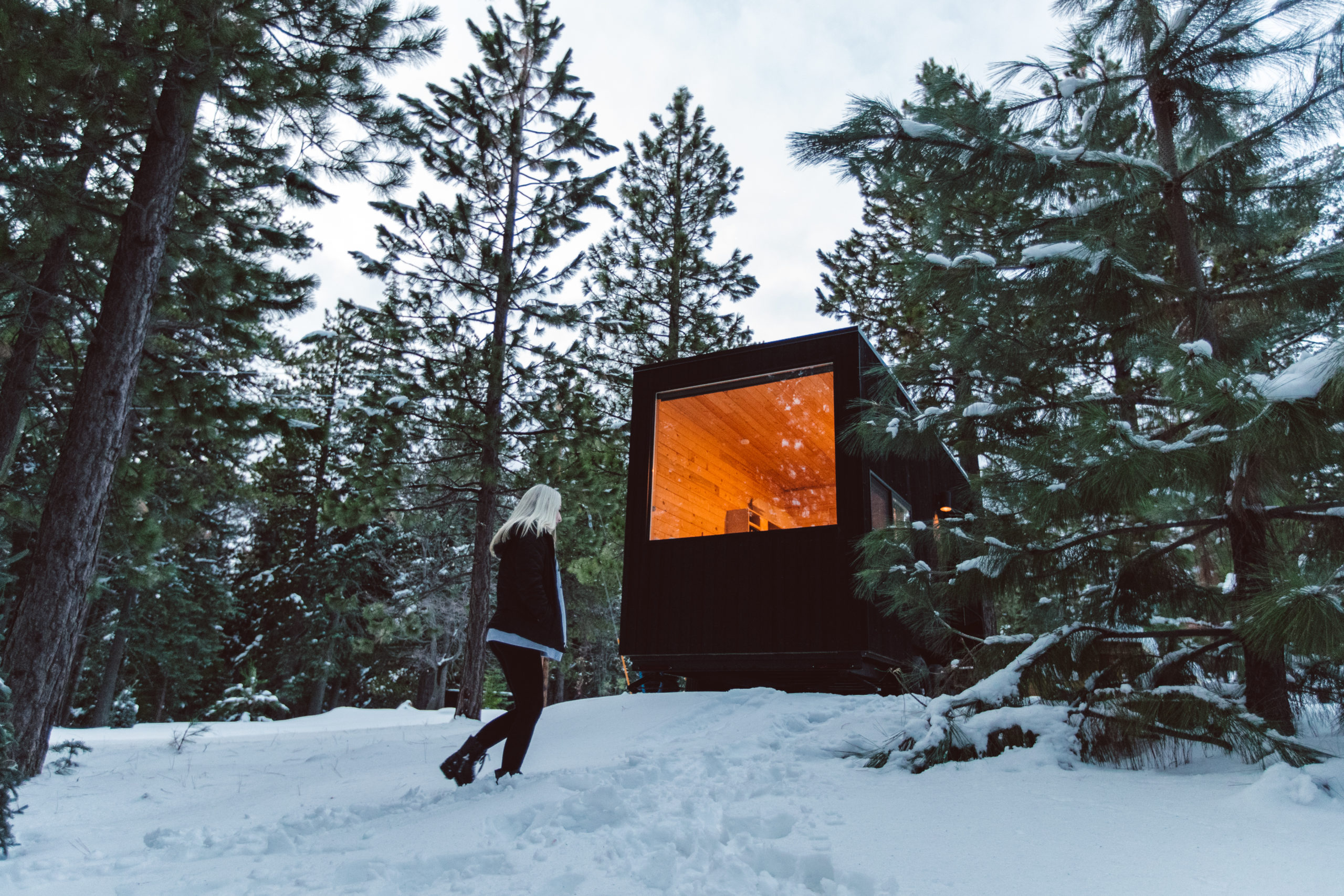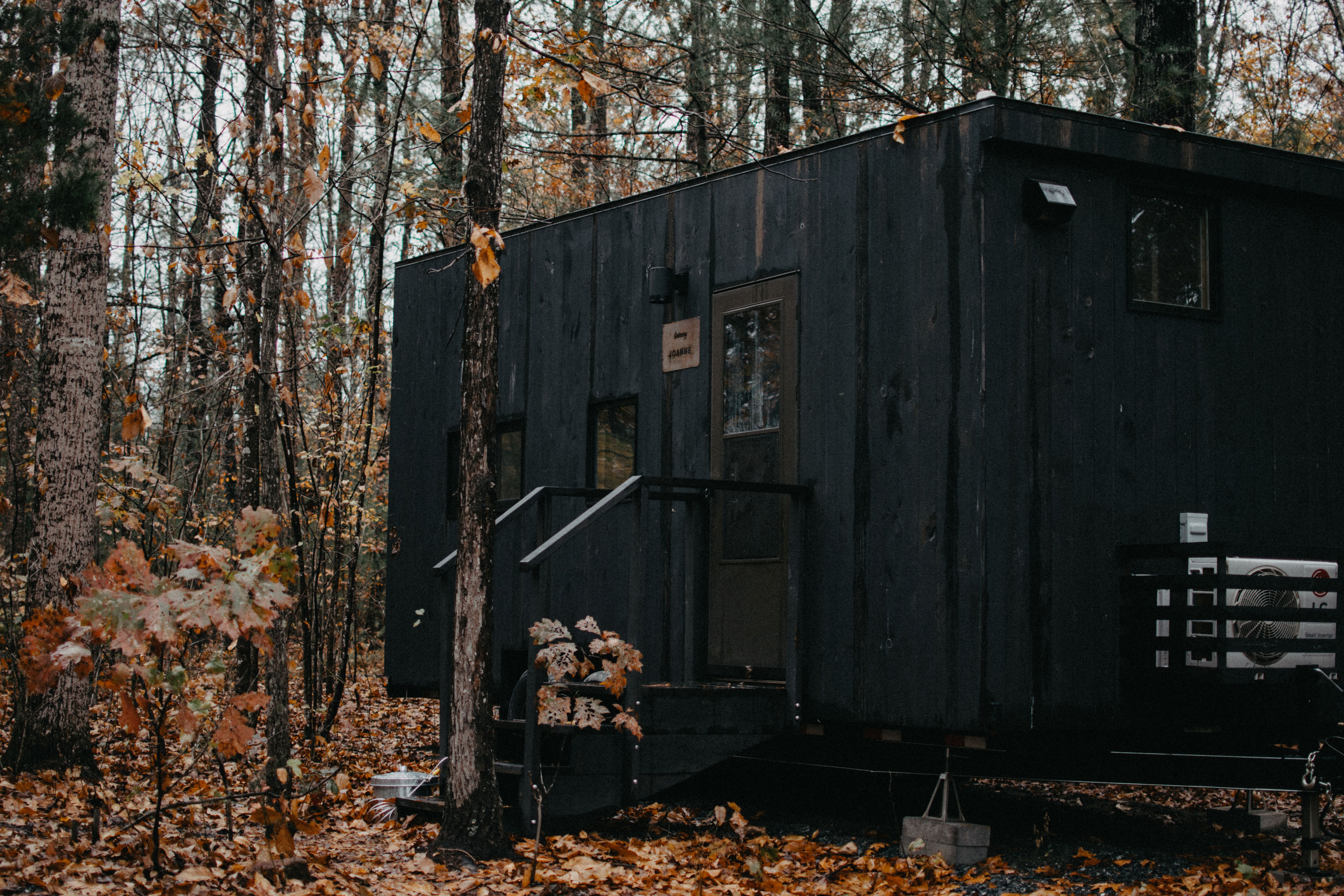A few weeks ago, Kim Kardashian ignited a firestorm of outrage after declaring that she had “the best advice for women in business” in a video interview with Variety. “Get your f**king ass up and work,” Kim said. “It seems like nobody wants to work these days.”
Understandably, viewers were incensed. If my parents’ generation was raised on the Great American Story that enough hard work, talent, and persistence would lead to success, my generation has seen that story for the myth it is. Kim’s comments provoked instant backlash not because the sentiment was especially new or outrageous—how many of us have been similarly chided by our parents or grandparents?—but because she was repeating a story that her own generation no longer believes. Most of us now recognize that there are Americans who work themselves to the bone and never get ahead, while others sail to the top with little effort at all. In 2019, after analyzing data that followed a wide range of subjects from kindergarten through adulthood, researchers at Georgetown announced: “To succeed in America, it’s better to be born rich than smart.”
But I think there’s a part of Kim’s thinking that still persists across generations: that “working hard” is the most admirable and virtuous thing we can do with our time.

Like Kim, I am a so-called “knowledge worker,” which basically means I think for a living. The products of my labor are ideas, strategies, and relationships, not physical objects. I’m not loading trucks or sewing buttons onto garments or baking loaves of bread. Without visible, tactile proof of my labor, I often feel compelled to demonstrate how hard I’m working by how long I’m working.
As a result, I feel a lot of time insecurity. I worry that if I’m not logging enough hours at work on any given day, my board members and colleagues will think I’m not doing a good job. But what counts as “enough hours,” and what exactly is “a good job”? For that matter, what does it even mean to be “at work”? Am I more “at work” sitting at my computer slogging through email than I am when a great idea pops into my head while I’m on a long walk? Am I doing a “better job” if I stay up until midnight working on business strategies, or if I log off hours earlier while I still feel energy and enthusiasm for the task at hand?
Writer and MacArthur “Genius” Award winner Hanif Abdurraqib has said: “I do my best writing driving through a changing landscape, or on a treadmill looking at the same repetitive background. Or walking my dog at night. That’s me sitting down to write the poem.” In other words, these so-called downtime activities—driving, exercising, walking a dog—are part of his work.
There are so many ways to be “at work” if we understand that our work isn’t just what we do for money but how we live in the world, toward what purpose. For most of us, the work of living meaningfully and well does require us to earn an income—so that we can pay for the food, shelter, and clothes that sustain us—but it means a lot more than that, too. We’re working when we’re taking care of our loved ones, keeping up with current events, attending to our mental health, cooking and gardening and exploring new places and ideas.
If we take pride in our careers—as I do, and as I believe Kim does—then it can feel incredibly rewarding to work hard at them, whatever that might look like. But pouring lots of time and energy into incoming-generating work is not inherently more virtuous than pouring time and energy into the work of being a good partner, community member, or friend. There is no perfect ratio for how much effort we should put into any single facet of our lives relative to any other. Each one of us has a unique set of priorities, wishes, and needs. The really hard work is figuring out what those are, and how to make space for them.
As Kim said in that now-infamous interview clip: “You have one life.” I couldn’t agree more.
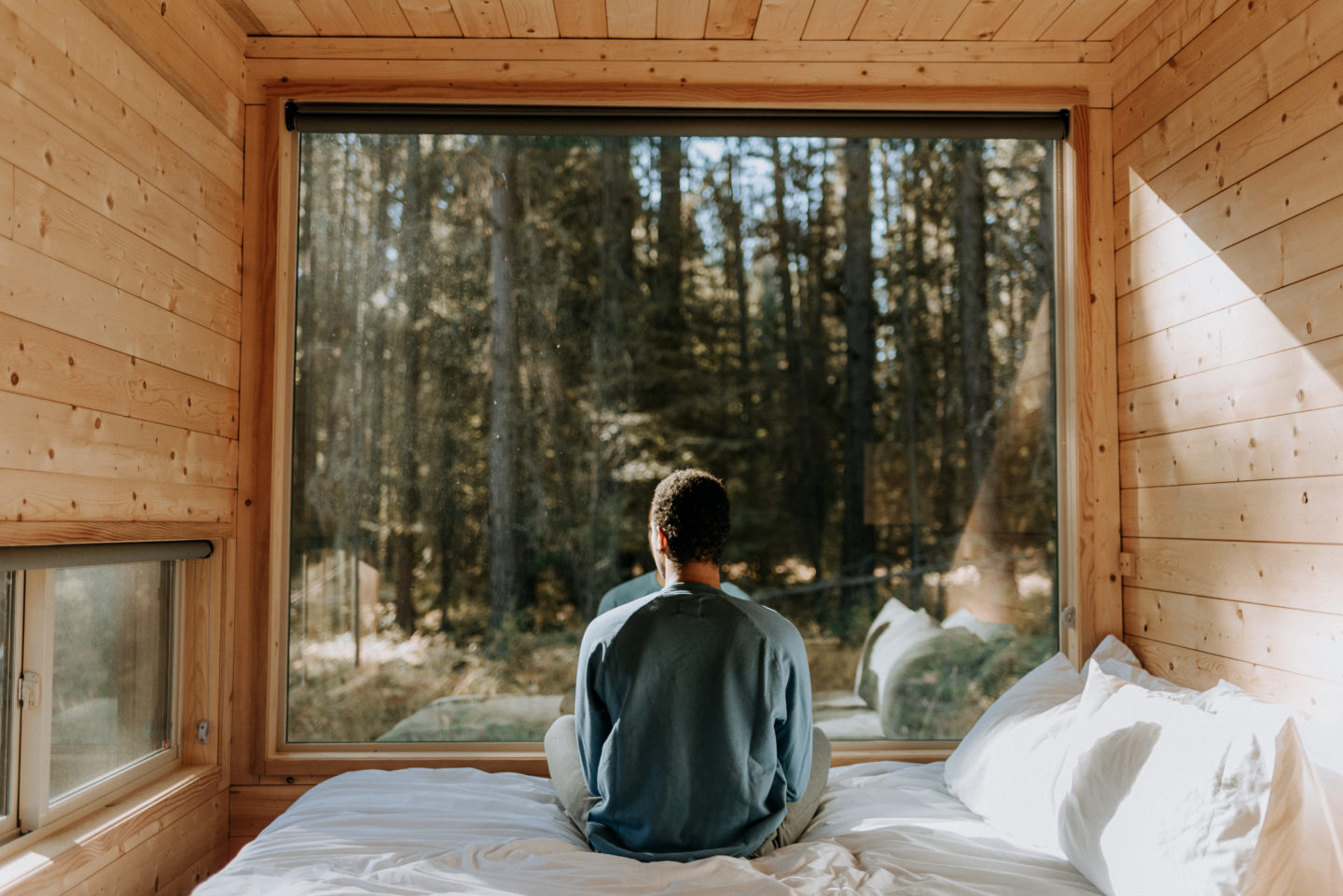
Need an escape from routine? Book your Getaway today.
